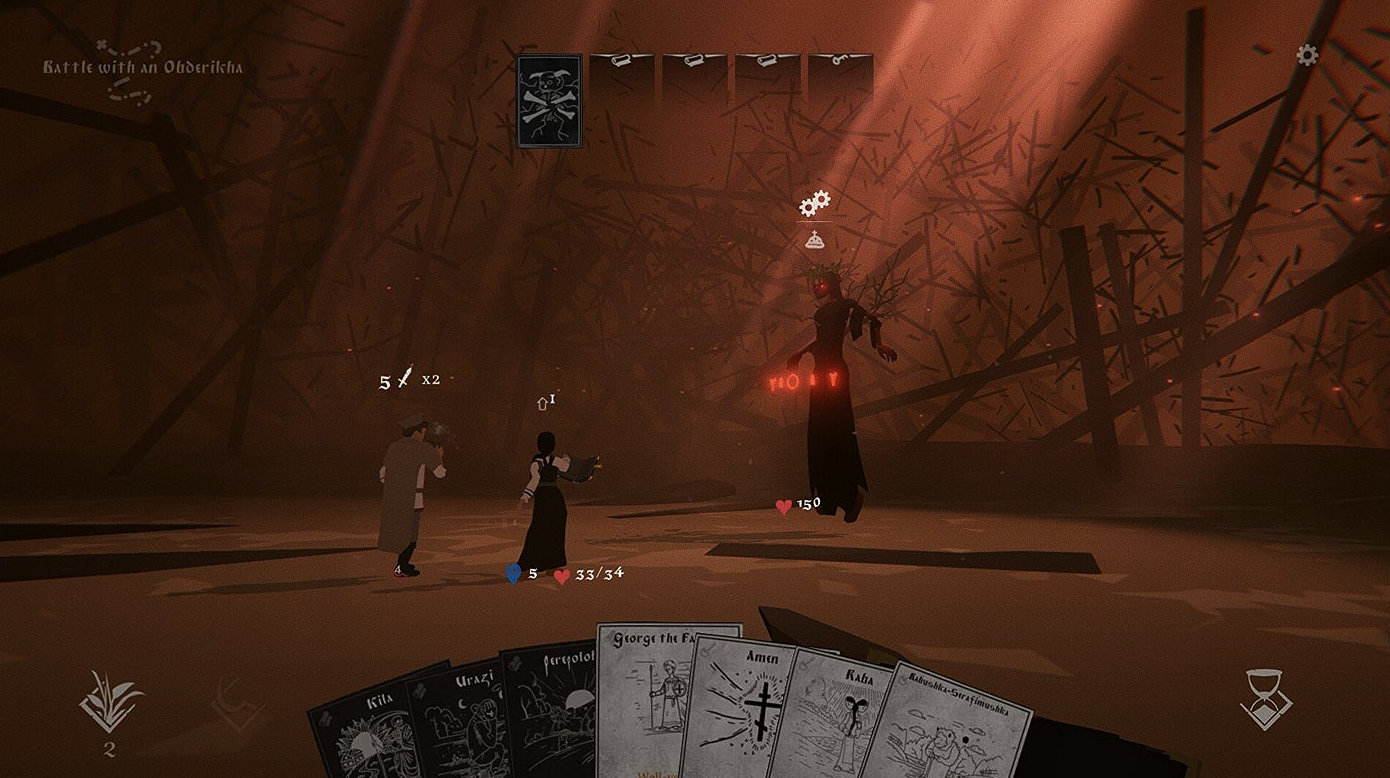Introduction to Atmosphere in Visual Art
The concept of atmosphere in visual art is a compelling element that enhances the viewer’s experience, often transcending the need for textual explanation. Atmosphere in this context encompasses the emotional resonance and contextual depth that artworks convey through various techniques such as textures, depth perception, and overall mood. From the soft, wispy textures found in impressionist paintings to the stark contrasts in contemporary abstract works, artists employ these elements to evoke specific feelings and responses from their audience.
Textures play a crucial role in shaping atmosphere, as they can suggest tactile responses and influence how viewers perceive the physicality of the work. For example, a rich, impasto texture can convey vibrancy and energy, drawing the viewer in, while smoother surfaces may exude calmness or serenity. Through the careful application of texture, artists can communicate nuanced emotions effectively, allowing the audience to engage with the piece on a personal level.
In addition to texture, the element of depth adds complexity to visual narratives in art. Artists often use layering techniques, varying perspectives, and chiaroscuro to create an illusion of space and dimensionality. This depth not only affects the aesthetic quality of a piece but also impacts the mood it conveys. A deep, expansive background can evoke feelings of isolation or tranquility, while flat compositions might appear more immediate and intense.
The interplay of these components—textures, depth, and mood—ultimately contributes to the atmosphere of a work of art. By examining how these elements work together, we begin to understand the language of visual art, where emotions and narratives are expressed without relying on words. This blog post aims to delve deeper into how artists harness these tools to craft atmospheres that resonate with viewers, enriching their understanding and experience of art.
Understanding Texture: The Feel of Art
Texture is a fundamental element within the realm of visual arts, encompassing both visual and tactile experiences that contribute significantly to the overall impact of an artwork. Visual texture refers to the illusion of texture that an artist creates through techniques such as shading, color, and the arrangement of forms, while tactile texture involves the actual physical surface quality of the artwork. Both forms of texture play essential roles in conveying emotions and setting the mood of an artistic piece.
Artists often employ various techniques to manipulate texture to evoke specific feelings in the viewer. Layering is one such technique, where multiple strata of paint or material are applied to create depth. This method can induce a sense of richness and complexity, inviting the observer to explore the various layers and the emotions they represent. For example, the layered paint strokes in Van Gogh’s “Starry Night” exemplify how texture can create a swirling, dynamic feeling that resonates deeply with the audience.
Another technique used to create texture is brushstroke variation. Through different brush sizes, angles, and pressure, artists can generate a variety of textures that draw attention to specific areas of their work. In Jackson Pollock’s abstract expressionist paintings, the erratic and spontaneous brushstrokes foster an emotional intensity that can evoke feelings of chaos or liberation, depending on the viewer’s interpretation. The textural qualities in these masterpieces not only enhance their visual appeal but also deepen the emotional engagement of the audience.
In exploring the world of texture in art, it becomes evident that the choices an artist makes regarding texture can significantly influence the emotional response to their work. As viewers become more attuned to the nuances of texture, they can appreciate the intricate relationship between the physical feel of an artwork and the sentiments it expresses.
The Role of Depth: Creating a Sense of Space
Depth plays a crucial role in creating a compelling sense of space within artwork, effectively transforming a two-dimensional surface into a captivating three-dimensional experience. Artists employ several techniques to achieve this depth, including perspective, shading, and the strategic arrangement of elements within the composition. By manipulating these techniques, creators are able to guide the viewer’s eye through the artwork, fostering a deeper emotional engagement and immersive experience.
One of the most common methods used to create depth is perspective, which involves the representation of objects receding into space. Linear perspective, for example, allows artists to simulate the laws of geometry, making parallel lines converge at a vanishing point. This technique naturally compels the viewer to perceive depth, leading them into the artwork in a way that feels authentic and real. By establishing a clear hierarchy of elements based on distance, artists can effectively draw attention to the focal point of the piece while simultaneously creating a sense of the broader environment.
Shading is another significant technique for enhancing depth in an artwork. Through careful manipulation of light and shadow, artists can model forms to give the illusion of volume and mass. By understanding how light interacts with various surfaces, artists can depict the contours and textures that suggest spatial relationships. This interplay between light and dark draws the viewer’s attention and invites them to explore the intricacies of the artwork, resulting in a more engaging experience.
Furthermore, the arrangement of elements is instrumental in establishing depth. Layering objects and varying their sizes and positions can create a visually dynamic composition that invites curiosity. When elements are grouped in a way that suggests foreground, middle ground, and background, viewers are encouraged to navigate through the space, emphasizing the notion of depth. Ultimately, by skillfully employing these techniques, artists can cultivate a rich atmosphere that resonates on a deeper level, allowing viewers to connect with the artwork beyond its surface.
Mood: Evoking Emotion Through Color and Composition
Color and composition are pivotal elements in visual arts and design, serving as primary tools to evoke emotions and establish a certain mood. The psychological impact of colors is profound; each hue is associated with specific feelings and reactions. For instance, warm colors such as reds, oranges, and yellows are often linked with energy, warmth, and passion. Conversely, cool colors like blues, greens, and purples typically convey serenity, calmness, and stability. Hence, selecting an appropriate color palette is critical in crafting a desired emotional response in the viewer.
Color theory plays a significant role in understanding the emotional implications of various hues. The color wheel is foundational for artists and designers, providing a visual representation of how colors interact. Complementary colors, which sit opposite each other on the wheel, can create striking visuals that invoke excitement or tension. Analogous colors, in contrast, are adjacent and create harmony, encouraging a sense of peace and comfort. In utilizing these combinations thoughtfully, creators can design compositions that resonate emotionally with their audience, enhancing the overall impact of the artwork.
The arrangement of elements within a composition also influences its mood. Principles such as balance, contrast, and unity guide how visual components relate to one another. For example, a composition dominated by symmetry often evokes feelings of stability and trust, while asymmetrical designs can suggest movement and tension. Additionally, the use of negative space can direct a viewer’s focus and elicit emotional responses by contrasting filled areas with voids. Thus, through the deliberate application of color and compositional techniques, artists can effectively mold the atmosphere of their work, inviting viewers to engage on an emotional level without reliance on explicit narratives.
Combining Textures and Depth for Impact
The interplay of texture and depth in artwork plays a crucial role in creating an atmospheric experience that transcends the need for verbal communication. By strategically combining these elements, artists can evoke emotions and convey narratives that resonate deeply with viewers. Textures can contribute to the tactile sensation of a piece, while depth can provide a sense of three-dimensionality, drawing the audience into the artwork.
One effective technique to explore is the juxtaposition of different textures. For instance, incorporating rough surfaces alongside smooth and glossy elements can create a dynamic visual contrast. This contrast visually engages the observer, stimulating curiosity and encouraging a deeper examination of the piece. Similarly, introducing various materials—such as wood, fabric, or metal—can enhance the tactile quality of an artwork, enabling viewers to feel a connection that words often fail to deliver.
Depth can be achieved through a variety of techniques, including layering and perspective. By building layers of paint or material, artists can create a sense of distance and dimensionality. Transparent glazes can further develop this depth, allowing underlying textures to subtly influence the overall mood of the artwork. Additionally, utilizing perspective techniques, such as foreshortening and atmospheric perspective, can lead the viewer’s eye through the composition, fostering an engaging journey through the piece.
Furthermore, visual examples, such as the works of renowned artists who adeptly combine texture and depth, can provide inspiration. For example, the emotive power of Vincent van Gogh’s brushwork exemplifies how texture contributes to mood, while the layered techniques of contemporary artists showcase the possibilities of depth. By studying these synergies, aspiring artists can elevate their own work, ultimately crafting pieces that resonate with viewers on a profound, emotional level.
Cultural Influences on Atmosphere Creation
The creation of atmosphere in art is profoundly shaped by cultural influences, emphasizing the importance of context in understanding artistic expression. Different cultures utilize a distinct array of textures, colors, and depth to articulate their unique atmospheric experiences, contributing to the rich tapestry of global art. For instance, in many East Asian cultures, subtle textures and soft color palettes are employed to evoke serenity and harmony, as seen in traditional ink wash landscapes. The ethereal quality of these artworks often resonates with viewers, inviting them to experience tranquility and contemplation.
Conversely, Western art has historically favored bold colors and strong contrasts to convey emotion and create dynamic atmospheres. The use of deep textures in such artworks can evoke feelings of drama and intensity, allowing viewers to engage with the emotional undertones present in a piece. The influence of cultural movements, such as the Baroque period, exemplifies this approach, where dramatic lighting and rich textures were instrumental in intensifying the overall atmosphere of the artwork.
Furthermore, indigenous cultures often reflect their environment and spiritual beliefs in their art, employing symbolic colors and textures to represent their cosmology. For instance, Native American art frequently uses earthy tones and intricate patterns, establishing a deep connection to the natural world and conveying a strong sense of place. These cultural elements shape the atmosphere of the artwork, engaging viewers with a narrative that transcends the visual realm.
The interplay of textures and colors, informed by cultural backgrounds, creates a multifaceted experience that speaks differently to diverse audiences. Consequently, understanding these cultural influences is vital for appreciating the atmospheric nuances within various art forms. By recognizing the significance of cultural perspectives in atmosphere creation, viewers can gain a deeper insight into the emotional and psychological resonance of art across different traditions.
Case Studies: Artists Who Mastered Atmosphere
Throughout art history, several artists have distinguished themselves by their remarkable ability to evoke mood and atmosphere through the use of textures and depth. One noteworthy figure is Vincent van Gogh, whose work exemplifies the emotive potential of color and brushstroke. In paintings such as “Starry Night,” Van Gogh employs swirling skies and vibrant colors to evoke a sense of turbulence and introspection. The thick application of paint, or impasto technique, is integral to creating a tactile surface that invites viewers to engage physically and emotionally with the painting.
Another prominent artist is Claude Monet, whose impressionistic style breaks away from traditional realism to capture fleeting moments of light and atmosphere. In his series “Water Lilies,” Monet’s masterful handling of color and texture creates serene reflections on water, successfully immersing the viewer in a tranquil landscape. His use of layered brushwork innovatively blends pigments, resulting in a soft, luminous quality that enhances the overall mood of harmony and peace within the natural setting.
In more contemporary art, the work of Anselm Kiefer stands out for its exploration of the relationship between materiality and memory. Kiefer incorporates unconventional materials, like straw and ash, into his large-scale paintings, generating a sense of depth and weight. His piece “The High Priestess” combines layered textures with a somber color palette, eliciting themes of history, loss, and nostalgia. The atmospheric quality of Kiefer’s work invites deep reflection, showcasing how textures can resonate emotionally without relying solely on verbal cues.
These artists illustrate that through diverse techniques and materials, atmosphere can be crafted in multifaceted ways. Each has a unique approach to texture and depth, conveying powerful emotional narratives and demonstrating the profound impact that such elements can have in visual art.
Practical Tips for Artists: Building Atmosphere in Your Work
Creating an evocative atmosphere in artwork is an essential skill for artists who wish to convey emotions and narratives without relying on words. To enhance the atmosphere in your creations, consider incorporating a variety of textures, exploring depth, and paying careful attention to mood. Here are some practical tips and exercises to help you achieve this.
First, experiment with different materials and techniques to discover unique textures that can enrich your artwork. For example, using a palette knife can create bold, impasto textures, while layering glazes can produce subtle textures that invite viewers to engage more closely with the piece. You might also explore mixed media approaches, integrating materials such as fabric, sand, or even natural elements like leaves to add complexity and depth to your work.
Next, depth is crucial to creating an atmospheric effect. To enhance depth, utilize techniques such as atmospheric perspective, where you gradually lighten colors and decrease detail in elements that are further away in the composition. This approach can instill a sense of distance and allow for a more immersive experience. Experiment with layering shapes, colors, and forms; a three-dimensional quality in your work can effectively draw viewers into its depths.
Moreover, consider the psychological impact of your color choices to set the desired mood. Warm tones like reds and oranges can evoke feelings of warmth and passion, while cool colors such as blues and greens might promote calmness or melancholy. Conduct exercises that involve restricting your palette to evoke specific moods, thereby enhancing your understanding of the emotional power of color.
Finally, take time to reflect on your work and seek feedback from peers. Analyze how the textured elements, depth, and mood might resonate with an audience. By engaging in these practices, artists can foster a richer atmosphere in their work, effectively conveying meaning and emotion that transcends words.
Conclusion: The Unspoken Language of Art
In exploring the intricate relationship between textures, depth, and mood in art, it becomes evident that these elements serve as essential tools in conveying emotions and narratives without the need for words. The subtle interplay of tactile surfaces and visual layers fosters a profound sense of atmosphere that invites viewers to engage with the artwork on a deeper level. This layered approach not only enriches the visual experience but also establishes a unique dialogue between the artwork and its audience.
Textures can elicit a multitude of sensations and interpretations, influencing the viewer’s perception and emotional response. For instance, rough, jagged surfaces may evoke feelings of discomfort or tension, whereas smooth, flowing textures often promote calm and serenity. Such variances in texture play a pivotal role in setting the mood within a piece, enhancing the artwork’s ability to communicate indirectly yet powerfully.
Moreover, depth—whether achieved through techniques of shading, layering, or perspective—adds dimensionality that captivates the viewer’s attention and instills a sense of space within the composition. This depth can create an immersive experience, inviting the audience not only to observe but also to feel involved within the scene. Consequently, the interplay of texture and depth is vital for creating an atmosphere that resonates emotionally and intellectually.
Ultimately, art transcends verbal language; it speaks through visual elements that communicate feelings and experiences in a universal manner. By focusing on textures, depth, and mood, artists craft an unspoken language that informs and transforms the viewer’s experience. Embracing this language allows for a richer appreciation of art’s innate ability to convey complex emotions and stories without uttering a single word.


